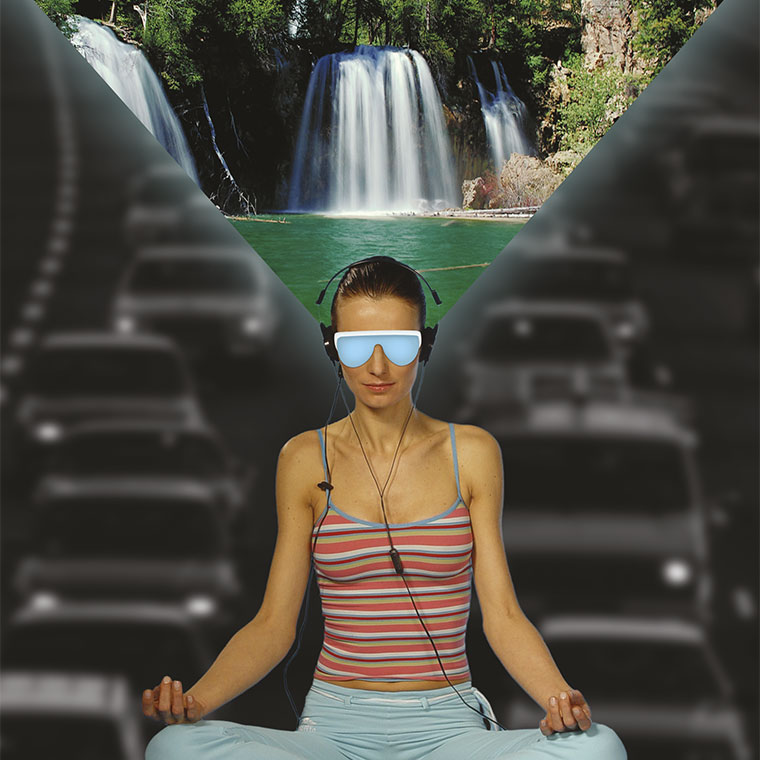free your mind |
ResearchLuminotherapy |
Aphantasy and hyperphantasyTo view or not to viewConsciousness remains a field rarely studied and far from solving. However, it is essential to better understand how our mind works. Why is it essential? Well… First of all… we need a better understanding of how we perceive objective reality. So that we can better utilize the personal development programs. The Psioplanet catalog offers dozens of meditation, visualization, or relaxation programs. Most are created using brain imaging data. A recent discovery turns these methods of relaxation or visualization training upside down. It turns out that some people have an inability (or reduced ability) to conjure up mental images. A study published recently in the journal Cortex, names this condition "aphantasy" after the Greek word "phantasia" used by Aristotle to describe the power of imagery or the visual imagination. In 2010, Adam Z.J. Zeman from the University of Exeter in the UK and his colleagues conducted a study. After New York Times reporter Carl Zimmer popularized this study by reporting it to Discover magazine. The researchers were contacted by more people who could relate to the description of this "blindness of the imagination." Some of them reported that family members also had the same deficit. It was then that Zeman and his colleagues conducted a more in-depth study in to “aphantasy”. Aphantasy, as its name suggests, characterizes "a defect of imagination" or an inability to form mental images. When you have this characteristic, you experience a sort of inability to search for data captured in your visual field of consciousness: impossible to imagine a place, a person and/or a scene. It is precisely an inability to recall visual data by will. The ability to create mental imagery allows you to discover all the facets of an idea, concept or representation in your mind so that you can examine it in detail to solve a problem or recall a detail. This is a completely normal process for most of us. But not for everyone! People who have aphantasia will never realize that they cannot access mental images. They live naturally without having access to this data. It should be noted that there have not yet been enough studies that exactly define this mental profile. Also, I started to study it on several people in my close circle. Different types of profiles in the fields of consciousnessThe most common cases are voluntarily unable to recall visual data and/or form a mental imagery. There are also people who are unable to remember a melody, a tactile sensation, or the atmosphere of a particular place. There are also people who cannot remember a taste or a smell. And finally, there is still the inability to remember any movement or orientation in space. It makes a lot of difference in appreciating the field of "remembered consciousness" and diversity within.
Missing visual memory, no imagery, or a deficit in imagery generation?It is necessary to differentiate the visual memory which in some cases is preserved but with absent visual recall. The remembered field of consciousness is present but the capacity to generate an image is not working or not well. So, we see that there is a great variety in mental profiles. Previous clinical studies have suggested that there are two main types of visual imaging deficits: 1) visual memory impairment, causing both visual agnosia and loss of imagery, and 2) visual impairment only “imagery generation”. One more proof that the subconscious does indeed exist !Either way, we are in the realm of conscious memory. Visual data stored in the visual field of consciousness may or may not be called upon. Aphantasia blocks or hinders access to this data on a voluntary basis. However, a person with aphantasia will be able to recognize a face, even a face seen once two years ago… She will be able to dream even in color and in the event of coma, see pictorial scenes. This is irrefutable proof that unconscious or subconscious memory exists if some still hesitate to admit it today! The subconscious does indeed exist, and we have proof found in face recognition. Visual data totally inaccessible to the conscious mind due to aphantasia. The data exists but it is not accessible through the mechanism of voluntary attention.
An illness or another way of thinking ?However, people with aphantasia can do a creative jobs for example, a job that requires constant creative effort to invent and improve software. How would it be possible? They would compensate for the lack of memory access by orienting themselves rationally in a network of concepts and reasoning. Where does aphantasy come from? Is it a neurological defect, a degenerative disease, a functional problem or a structural problem? A combination of psychological and neuropathological factors? Researchers are struggling to say precisely, due to a lack of a sufficient number of subjects to study. It must be said that people who are have aphantasia have the unfortunate tendency to never become aware of their condition, since apparently, one can live a perfectly normal life without ever mobilizing mental images. This explains why this sighting was not highlighted earlier. In 2009, a study of 2,500 subjects evaluated the proportion of individuals claiming not to have a visual imagination at 2.1-2.7%, but more rigorous studies will have to be awaited to be able to be sure. Imagination and visualizationThe capacity to imagine exists in varying degrees: from vague images to very precise images to animated imagery capacities such as 3D films with scenarios in which the characters can be placed in virtually any purely fictitious situation. Until then everything is going "normally". The person who is able to have mental imagery does not suffer from this and those around him simply know that he is often in deep thought. We therefore speak of “remembered visual field” and “anticipatory visual field”.
HyperphantasyAs with every field relating to the human psyche, there is an extreme version of this characteristic and if this involuntary capacity develops abnormally, this can, according to some, make it a pathology: researchers describe a so-called excessive, maladaptive or compulsive daydreaming disorder ( “Excessive daydreaming”, “Compulsive fantasy”). After the publication in 2009 by psychologists Cynthia Schupak and Jesse Rosenthal of a study describing a case history and discussing "excessive daydreaming", as well as the publication in 2002 of a study by Eli Somer on "maladaptive reverie" , "A multitude of online forums and web pages have proliferated, on which thousands of anonymous people around the world testify to have secretly suffered from the same symptoms for years", reported Cynthia Schupak and Jayne Bigelsen in 2011. Many express their surprise and relief to discover that they are not alone in with their predicament. Many also report having made repeated attempts to obtain psychological help, but mental health professionals admitted to being rather helpless in the face of this problem. Many felt their distress was not understood, being told that daydreaming is creative and beneficial and that they should not worry. Their confusion is amplified, the researchers say by their inability to convey to the clinical community that there is a type of reverie, which consists of chronic immersion in imaginative episodes that are "overwhelming, enduring and compulsive," which is experienced as an addiction and which carries a heavy psychological burden and limitations in the ability to invest normally in life. Schupak and Bigelsen conducted a study with 90 people to learn more about this disorder and distinguish it from normal daydreaming. The study describes several characteristics concerning the nature of fantasies or imagined scenarios, their triggers and their functions. The lack of control and the difficulty in limiting daydreaming activity in appropriate periods of time is the main concern expressed by the participants. Most of the latter also indicated that they had acquired this habit at a very young age. Future research should be carried out to better understand the phenomenon stated by researchers and especially to study potential methods to reduce the distress and functional impairment experienced by "excessive dreamers". Meditation or visualization ?
Relaxation through visualization or through sounds & lights ?The exercises in “letting go” evoke situations of relaxation in soothing environments then suggestions by the image will undoubtedly work less well than sessions of rhythmic sounds or music with light flashes causing the abandonment of the attention. leading the subject towards non-thought on the verge of sleep. It is therefore best to test several types of sessions to check which one(s) will work best and fastest for you. However, for relaxation programs, the difference is not clear. Indeed, let us not forget that the aphantasy does not have access through voluntary attention to imagery, but that his subconscious has access to it. The “audioceutical” programs mainly built on subconscious suggestion will therefore work equally well for both profiles. In any case, this is my conclusion so far after 30 years of observing thousands of subjects. MEDITATION
« Aphantasy » VIZUALISATION
« Hyperphantasy » SurveyA questionnaire allows you to find out your level of aphantasy or hyperphantasy online : |
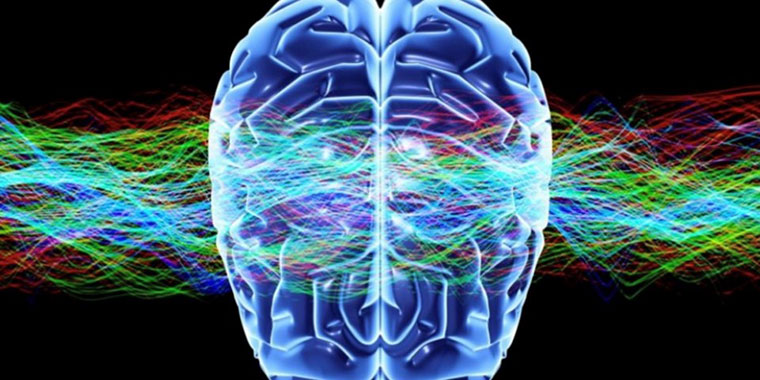
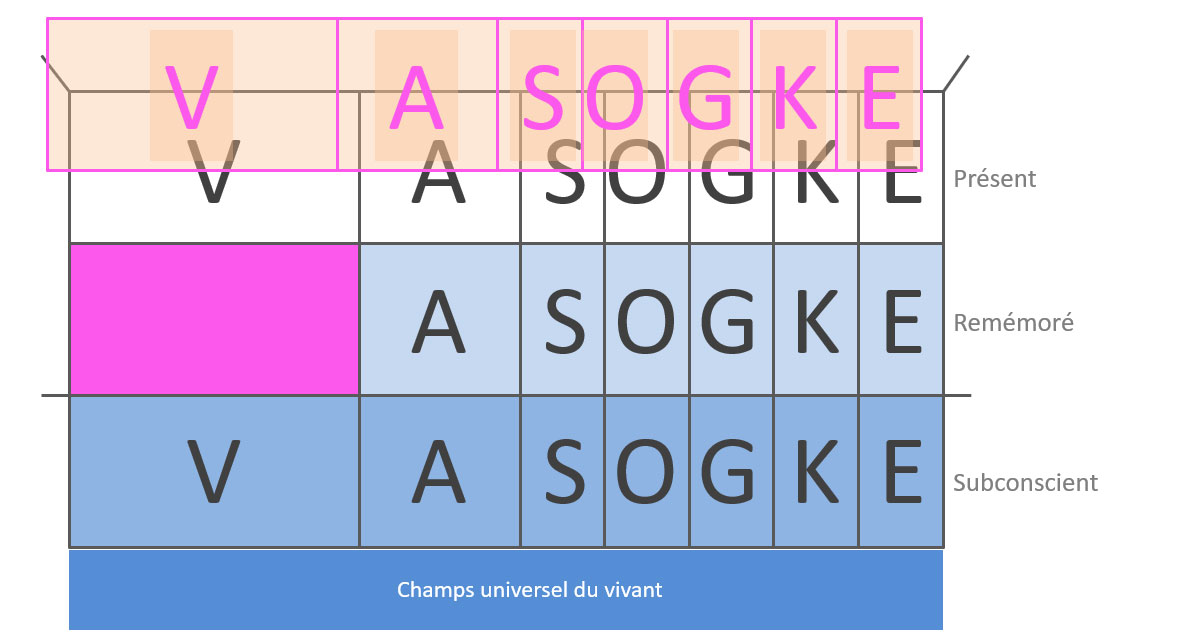
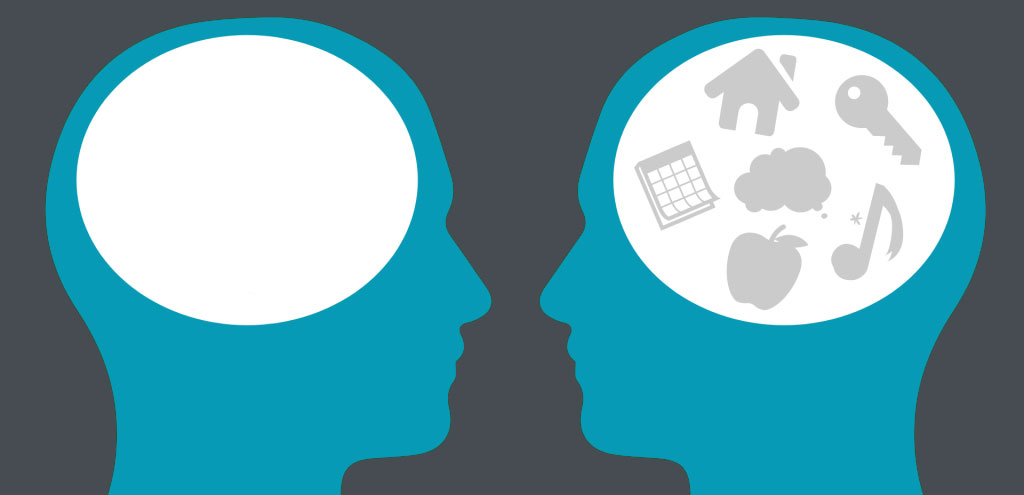
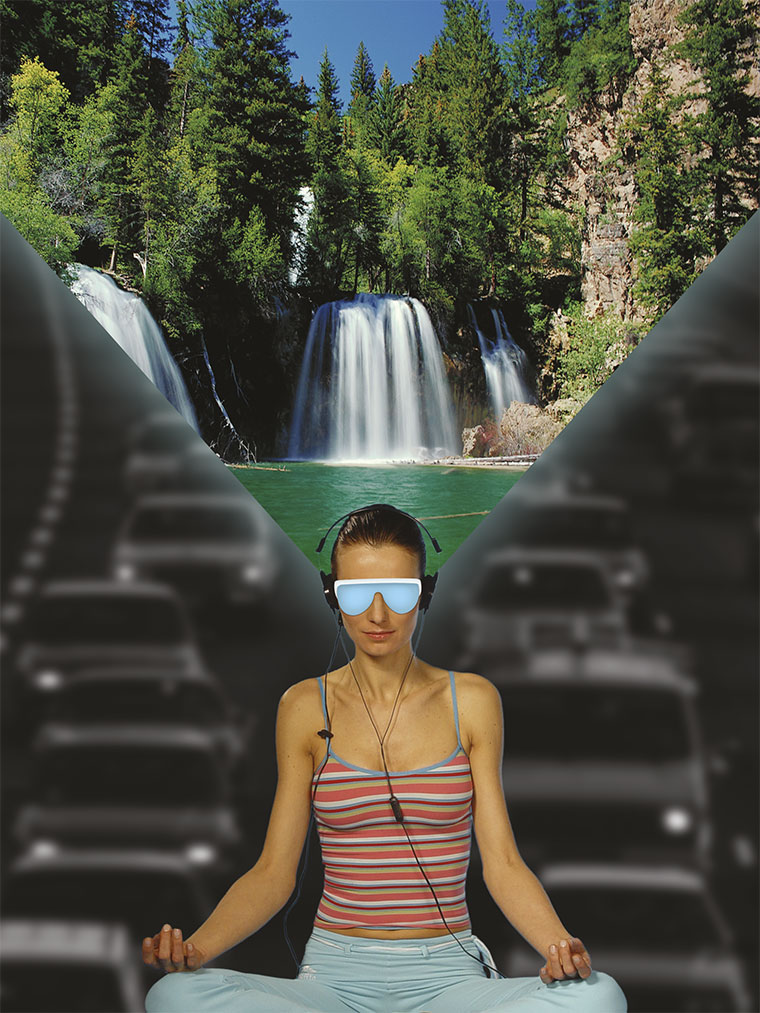
 Regarding the PSIO PLANET catalog, it is good to question the suitability of listening to some programs more than others depending on the characteristics of one's field of consciousness profile: Pure meditation exercises will work best for people who are unable to visualize images. Indeed, these mental exercises help shutting down the comparative and analytical cortex and encourage thinking about sensory feelings and breathing. On the contrary, exercises offering a visualization of nature or scenes of holidays or peaceful states in childhood will better suit the mental profile possessing an imagery capacity. These findings were verified with cardiac coherence software on approximately five hundred people I had the opportunity to coach during my emotional management seminars from 2007 to 2013. Failed visualization attempts can even stress people who are unable to view images. There are really two profiles for the rapid entry into cardiac coherence: those who directly use meditation and those who go straight to visualization. The choice of purely sensory meditation is therefore good for people who are not very good at visualization.
Regarding the PSIO PLANET catalog, it is good to question the suitability of listening to some programs more than others depending on the characteristics of one's field of consciousness profile: Pure meditation exercises will work best for people who are unable to visualize images. Indeed, these mental exercises help shutting down the comparative and analytical cortex and encourage thinking about sensory feelings and breathing. On the contrary, exercises offering a visualization of nature or scenes of holidays or peaceful states in childhood will better suit the mental profile possessing an imagery capacity. These findings were verified with cardiac coherence software on approximately five hundred people I had the opportunity to coach during my emotional management seminars from 2007 to 2013. Failed visualization attempts can even stress people who are unable to view images. There are really two profiles for the rapid entry into cardiac coherence: those who directly use meditation and those who go straight to visualization. The choice of purely sensory meditation is therefore good for people who are not very good at visualization.